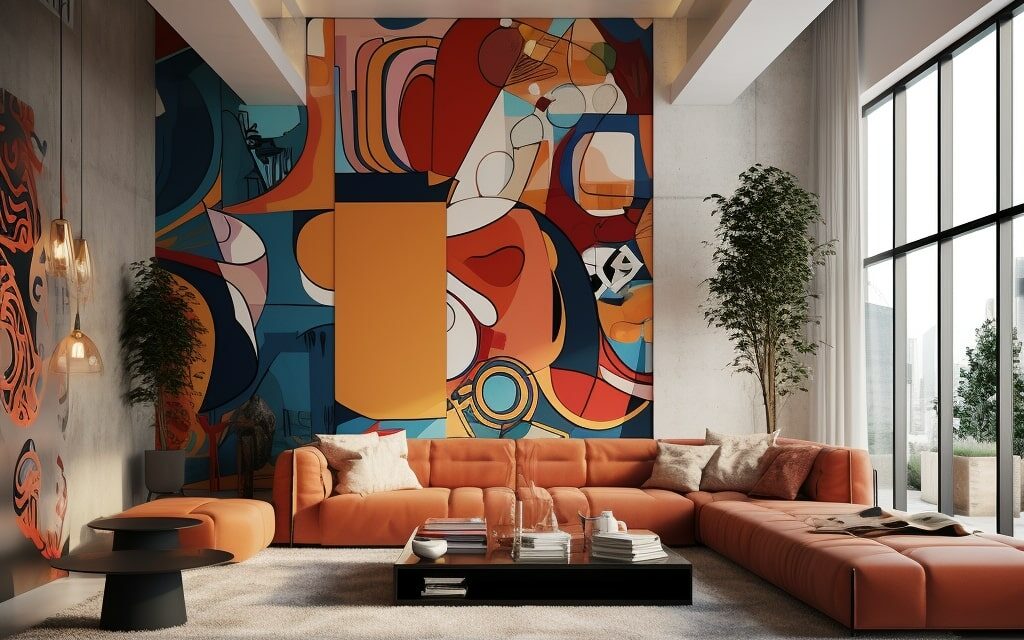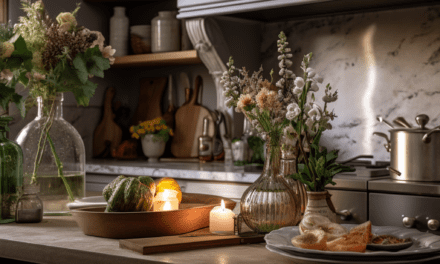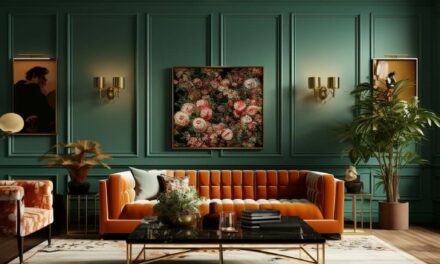Organizing interior design materials efficiently is a crucial aspect of the creative process.
When your materials are organized and easy to find, you can save time, reduce stress, and enhance your productivity, resulting in better design outcomes. In this article, we’ll provide you with effective tips and best practices for managing and organizing your design materials. So, let’s dive in and discover how to organize interior design materials like a pro!
Benefits of Organizing Interior Design Materials
Managing design materials can be challenging, but effective organization can bring many benefits to interior designers.
- Time-saving: When you know where every material is, you can quickly access it for designing purposes. You don’t have to waste time searching through piles of clutter to find what you need.
- Reduced stress: An organized workspace is a less stressful one. You don’t have to worry about losing important design materials, and you can focus on your work.
- Better workflow: With an organized system in place, you can easily move from one stage of the design process to another. This leads to a more productive workflow and better design outcomes.
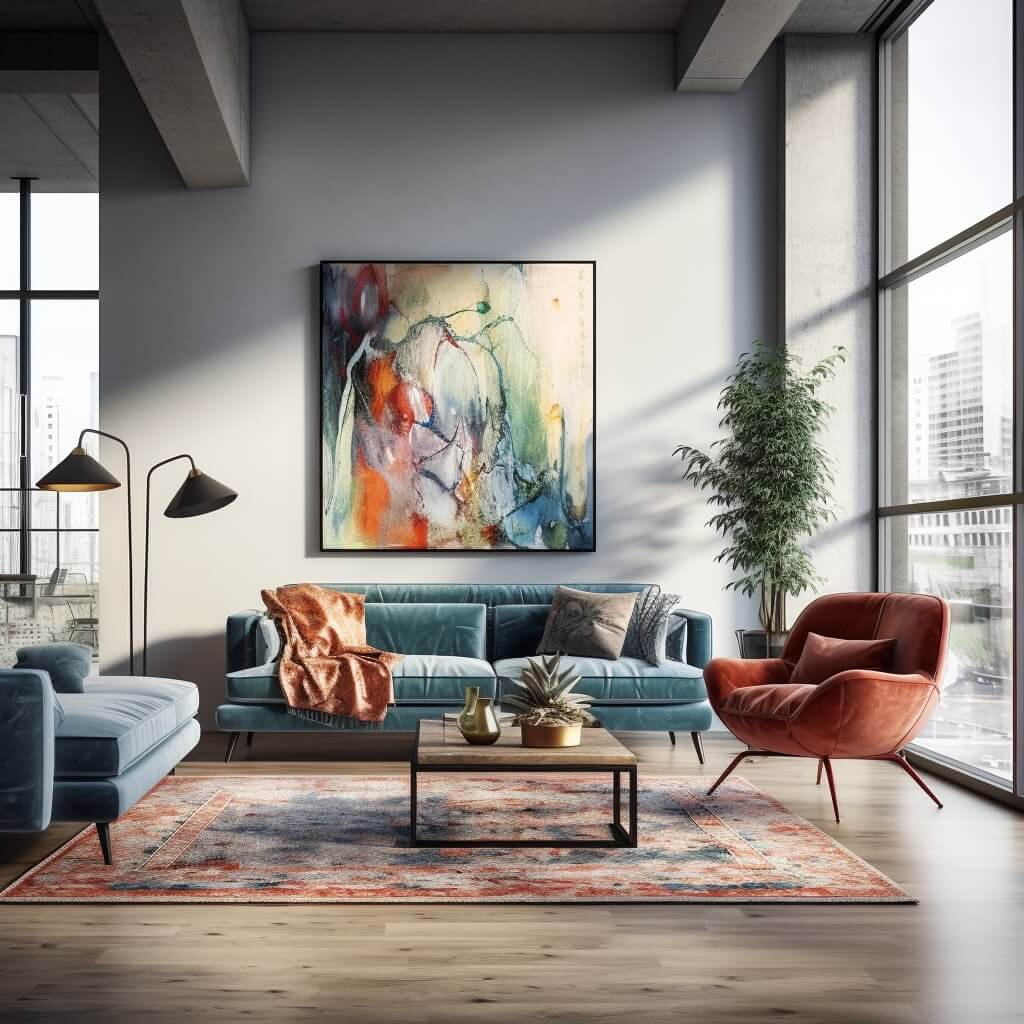
Assessing Your Design Materials
Organizing your interior design materials begins with assessing your inventory. This process enables you to identify the types of materials you have, categorize them, and determine the best way to organize them. Here are some tips for assessing your design materials:
Create Categories
Create categories for different types of materials. For instance, you can have a category for fabric samples, another for paint chips, and one for floor samples. This categorization will help you create a system for storing and locating materials.
Identify Materials That Need Organization
Once you have categories, go through your inventory and identify the materials that need organization. Designate a separate area for these materials to make it easier to tackle them.
Evaluate Your Storage Space
Assess the amount of storage space you have and determine if you need additional storage solutions. Consider using vertical storage to maximize space, such as shelving or a pegboard. Think about the placement of your materials in relation to your workspace, so you can create a more efficient workflow.
Consider Your Design Process
Think about how you work with your materials and how you can optimize your design process. If you frequently use certain materials or tools, make sure they are easily accessible. If you work with digital designs, consider using a digital storage system to organize them.
Label Your Categories
Create clear and concise labels for each category, and attach them to the corresponding materials or storage containers. Make sure the labels are legible and visible to avoid confusion when locating materials.
While you’re here: What is the difference between interior design and interior architecture?
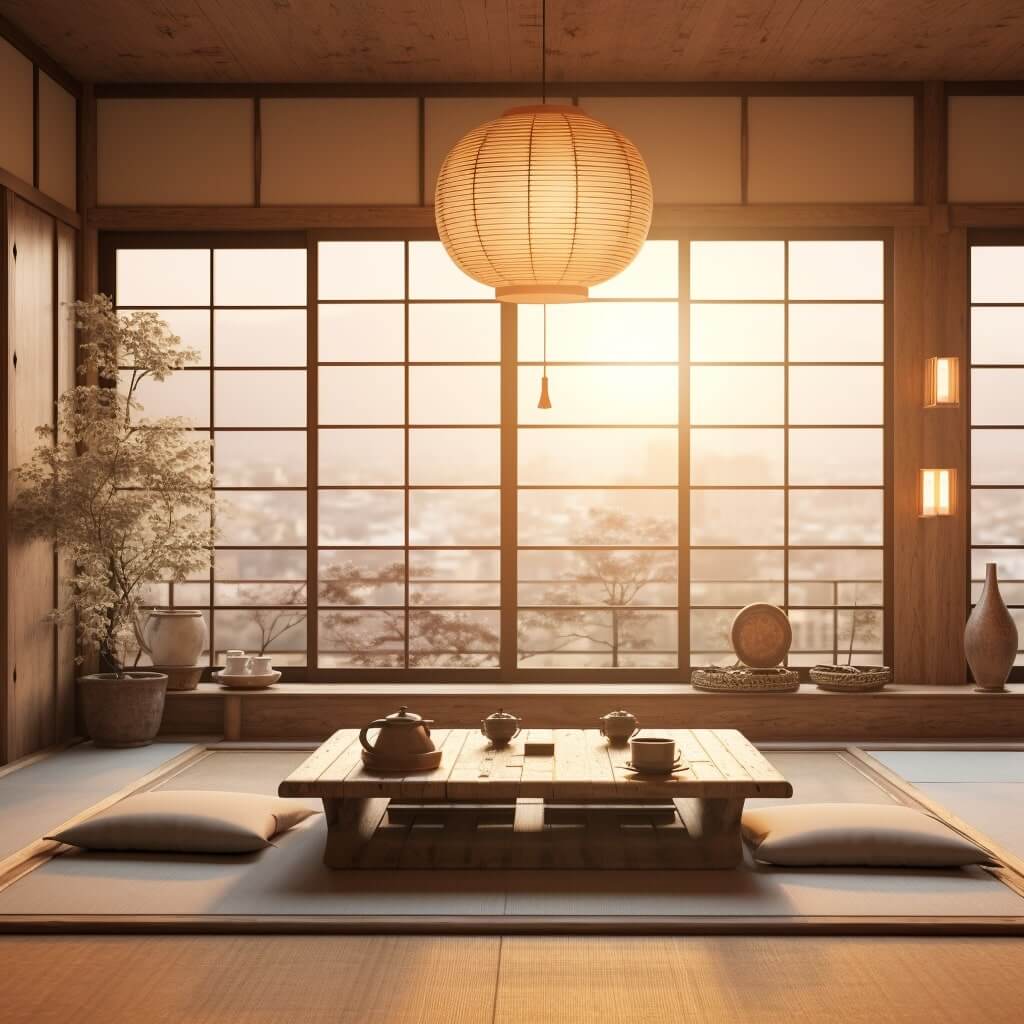

How To Organize Interior Design Materials
Effective organization of interior design materials can be achieved through a thoughtful process of sorting and grouping related items. Here are some best practices for managing interior design materials:
Create Designated Spaces
Designate spaces for different categories of materials such as fabrics, paints, and flooring samples. This allows for easy access and ensures that materials are not mixed up or lost. Use storage solutions such as bins, baskets, or shelves to keep materials organized within their respective spaces.
Organize by Color and Texture
A great way to sort materials is by color and texture. This allows for quick and easy visualization of how different materials will look together in a design. Use color swatches and texture samples to help categorize materials accordingly.
Implement Organizing Hacks
Organizing hacks can be helpful to maximize storage space and optimize workflow. For example, use a pegboard to hang tools and equipment, or install a magnetic strip to hold metal items such as scissors and rulers. Consider repurposing household items such as Mason jars or ice cube trays for small storage solutions.
Create an Inventory System
Label each material with its corresponding name, color, and category to create an inventory system. This can be done using a labeling machine or writing on small tags. Keep an up-to-date inventory of all materials to easily locate and access items when needed.
Related: What is Scale in Interior Design?
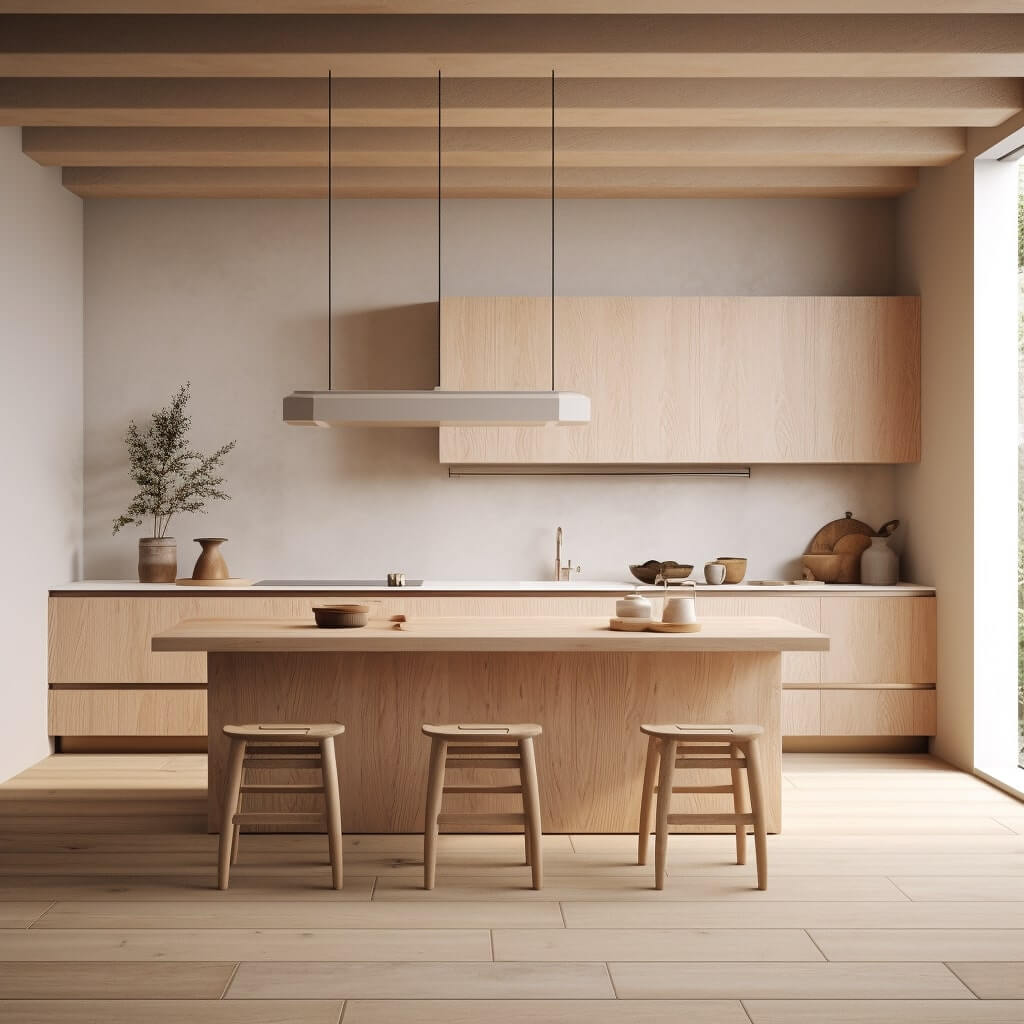

Creating a Design Material Inventory System
Organizing your interior design materials requires careful planning and implementation of a reliable inventory system. A well-organized inventory helps you identify materials with ease, saves time, and allows you to keep track of your supplies effortlessly. Here are some tips to help you create an efficient inventory system:
Labeling your Materials
The first step in creating an efficient inventory system is to label your materials properly. You can use stickers, tags or markers to label your materials, and include important information such as material type, color, brand, or supplier information. This makes it easier to locate specific materials when you need them and also helps with restocking.
Tracking your Materials
Tracking your materials is essential in determining what you have, what you need, and what you may have overstocked. Use an inventory spreadsheet or software program to keep track of your materials. Include columns for material type, quantity, date received, and date used. This will help you monitor your materials and help you determine when to restock.
Maintaining your Inventory
Regularly maintaining your inventory is crucial in ensuring the system remains effective. Schedule time on a regular basis, weekly or monthly, to review and update the inventory. Dispose of any expired or damaged materials, reorder any low-stock items, and update your tracking information. This will help keep your system up-to-date and reliable.
Related; What is Unity in Interior Design?
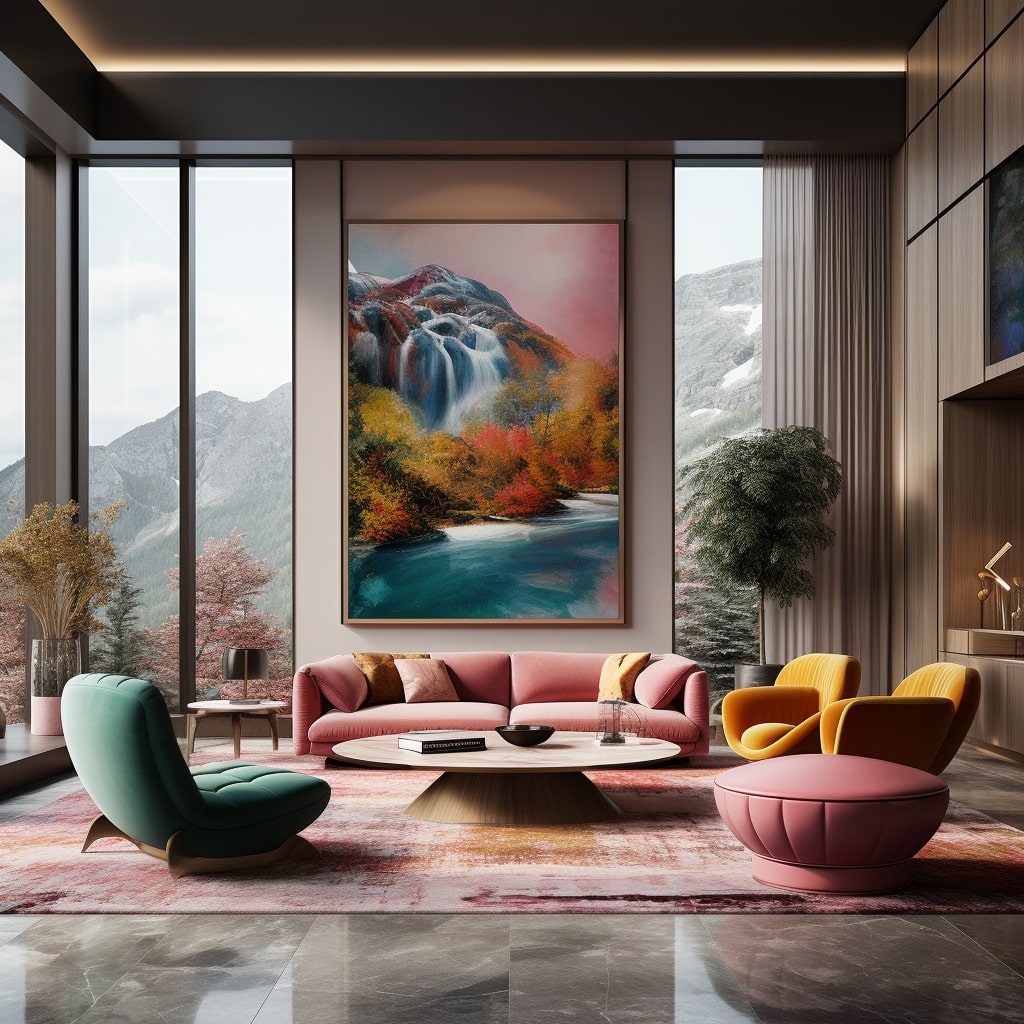

Storing and Displaying Design Samples
When it comes to organizing interior design materials, sorting and storing your design samples is crucial. Design samples include materials such as fabrics, textures, and colors, so it’s important to display them in a way that allows you to access and distinguish them easily. Here are some tips to help you store and display your design samples efficiently.
Use Shelving Units
Shelving units are a great option for storing your design samples. You can organize them by color, material or room and label everything, so you know what belongs to each category. Consider using clear plastic bins or containers to store smaller items such as fabric swatches; this way, you can easily view the contents without having to open the bin.
Bind Your Design Samples
Binding your design samples is an efficient way of keeping them all together without taking up too much space. You can bind fabric swatches together, for example, by color or texture. This method allows you to flip through your collection easily and find what you need without having to search for individual swatches.
Create a Digital Catalogue
To avoid bulky shelves and binders, you can create a digital catalogue of your design samples. This allows you to easily access your samples and share them with clients, business partners, or collaborators. You can use different software options such as Canva, Trello, or Google Drive to create a searchable and accessible digital inventory of your design samples.
By following these tips, you can store and display your design samples in a way that is easy to access and efficient to use. So, go ahead and give them a try and enjoy the benefits of having your design samples stored in an organized and accessible way.
Related: What is Form in Interior Design?
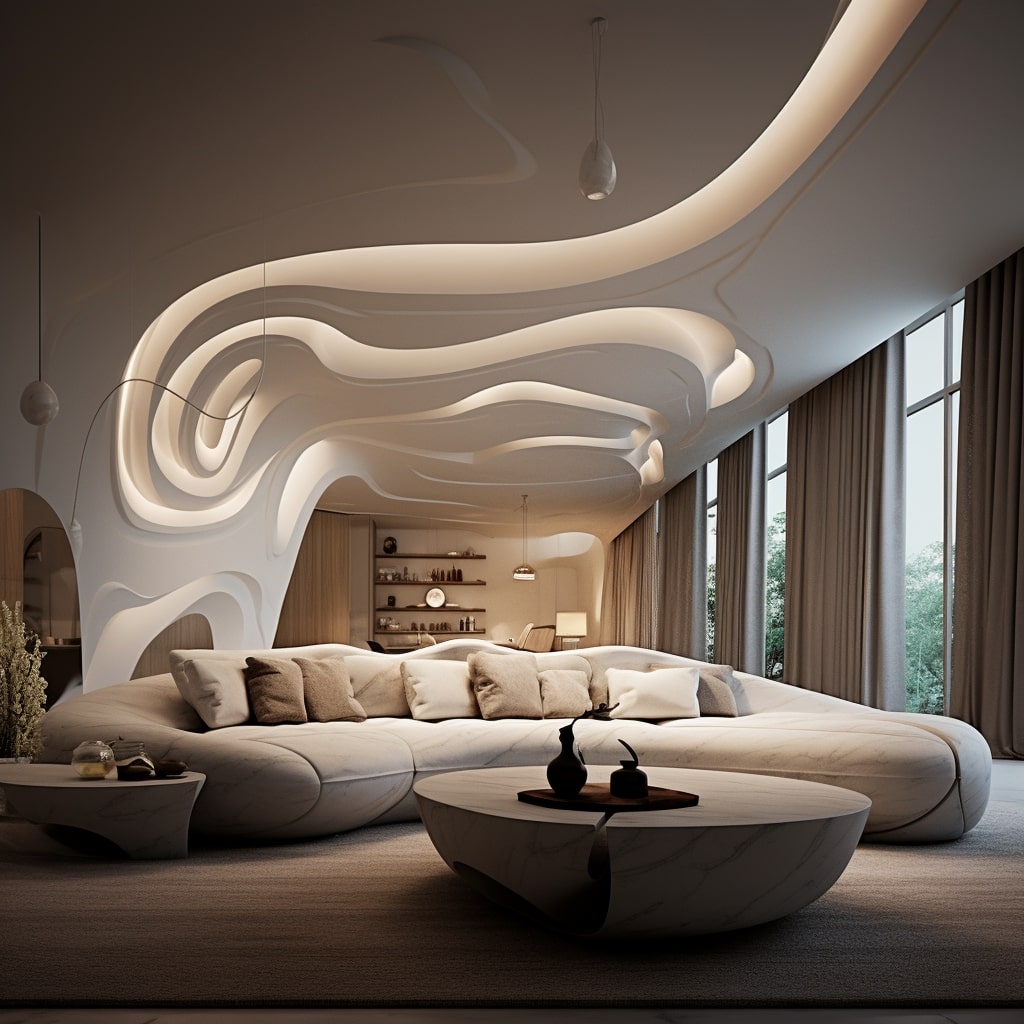

Maintaining a Clutter-Free Workspace
Maintaining an organized workspace is crucial for enhancing creativity and productivity in the interior design process. A cluttered desk or studio can hinder the flow of ideas, cause stress, and create a chaotic environment.
To maintain a clutter-free workspace, it’s essential to regularly declutter and organize your design materials. Here are some strategies that can help you keep your workspace organized and inspiring:
Schedule a Regular Clean-up
Set aside time each week or month to declutter and organize your workspace. Use this time to sort through your materials, discard any unnecessary items, and organize the remaining ones. This regular clean-up can help prevent clutter from building up and keep your workspace tidy.
Use Storage Solutions Effectively
Use storage solutions that work for you and your space. Invest in shelves, drawers, boxes, and other storage solutions to keep your design materials organized. Avoid keeping items on your desk or workspace if they don’t need to be there.
Create a Designated Space for Everything
Assign a specific space for each type of material. For example, allocate a drawer for your paint samples, another for fabrics, and a separate shelf for your design books. This way, you can locate your materials quickly and easily, reducing the time you spend searching for them.
Keep Your Desk Clear
Your workspace should have enough space to work comfortably and accommodate essential items such as your computer, lamp, and notebook. Avoid cluttering your desk with unnecessary items that can distract you from your work.
By following these tips, you can take control of your workspace and transform it into a productive and inspiring environment where you can create exceptional interior designs.
Pro tip: Render your interior designs first so you don’t waste money on design materials you don’t need.
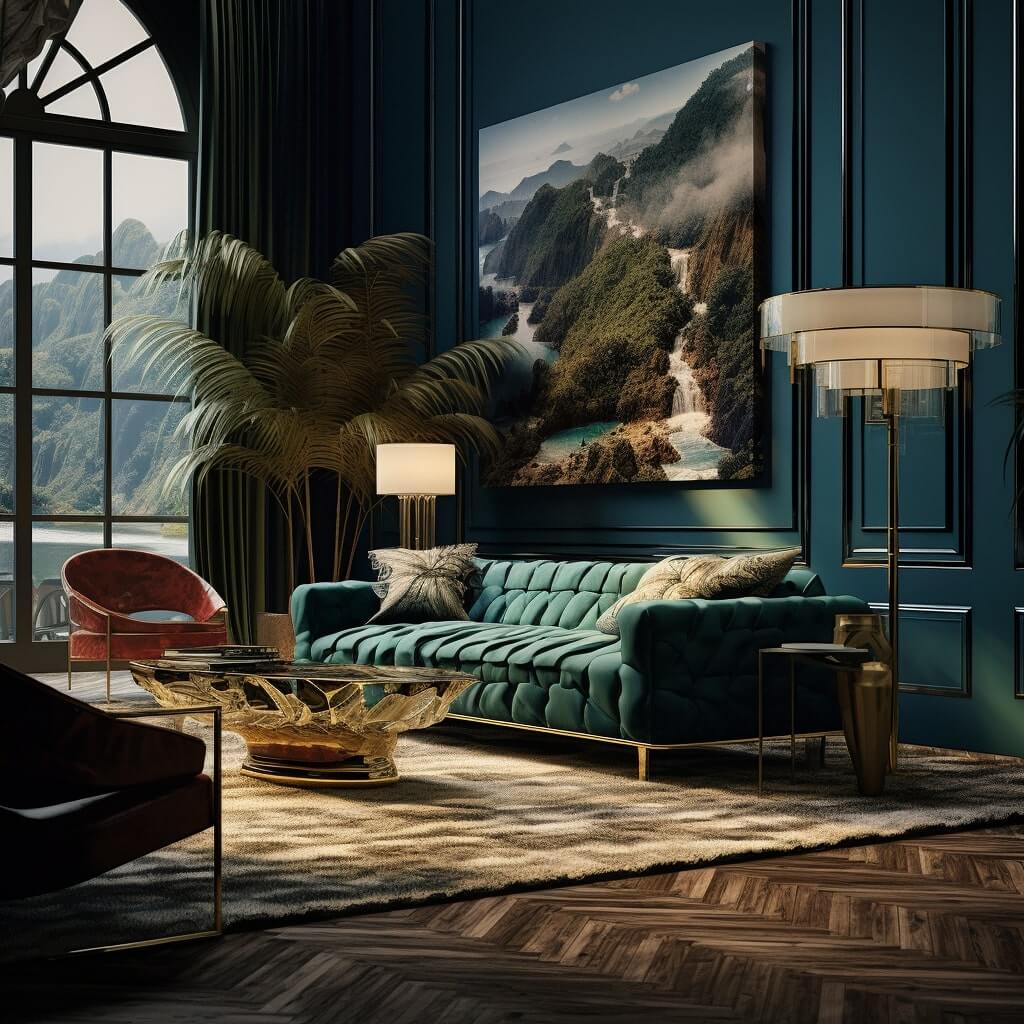

Digital Tools for Material Organization
In today’s digital age, there are various tools available to help you organize your interior design materials efficiently. Here are some of the best digital tools that can streamline your design process and make organizing design materials a breeze.
1. Evernote
Evernote is a powerful note-taking app with extensive organizational features. It allows you to capture design ideas, make to-do lists, and store photos and notes in one place. You can create notebooks for different projects and tag your notes for easy searching. Additionally, Evernote also has a web clipper feature that lets you save web pages as notes.
2. Trello
Trello is a project management tool that can help you keep track of your design projects. It uses a card-based system that allows you to add images, checklists, and due dates to each task. You can also create boards for different projects and invite team members to collaborate with you. Trello also has a mobile app that lets you access your boards from anywhere.
3. Pinterest
Pinterest is a popular visual discovery platform that can be used to organize design inspiration. You can create boards for different design themes and save images and articles that inspire you. Additionally, Pinterest also has a secret board feature that lets you keep your design ideas private.
4. Houzz
Houzz is an online platform for home design and remodeling that can be used to organize design products. You can save images of products you like and create ideabooks for different design projects. Houzz also has a product research feature that allows you to compare prices and find deals on design products.
By using these digital tools, you can easily store and access your design materials from anywhere, streamline your workflow, and enhance your design creativity.







